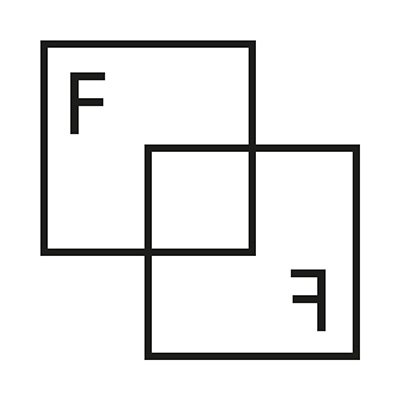Forest Fringe: The Amateurs Club - On Public Space
The place where professional artists of all kinds can come to be amateurs.
Archived Event
| Dates | Thu 19 Oct 2017 |
| Times | 18.45 - 20.45 |
| Space | River Rooms New Wing |
| Price | Free |
Redesigned and recategorized, hemmed in by tower blocks, ribboned with wifi networks, blistered with vagrancy deterrents and anti-skate studs, watched over by pigeons, cameras, community support officers and private security, our public spaces remain the first places in our cities where we go to exercise democracy, to express collective joy, to encounter strangers, to get our bearings or to simply be when we feel the need to wrap the city around ourselves.
This decade has given us plenty of opportunity to see the power of public space, as a gathering point for ordinary people in solidarity with one another, from Tahrir Square, to Occupy Wall Street to impromptu David Bowie street parties. Yet we have also seen numerous attempts at limiting our access to these public spaces or limiting the uses we can make of them – large open spaces are compromised or enclosed, so-called defensive architecture such as spikes, studs and bollards target the unproductive uses that homeless people, skateboarders and others make of the urban landscape, and an ever-more elaborate array of security cameras monitor these spaces, their surveillance further weaponised by the increasing pervasiveness of facial-recognition software to identify individuals from amongst the crowd. Even more insidious is the rise in pseudo-public space, private areas disguised as public spaces but patrolled by private security with strict limitations on our right to inhabit space should we be doing anything not deemed to be in the interests of the private owners.
The status of public space within the modern remains precarious, and perhaps symbolic of the larger challenge ordinary people face to make space for themselves within the privatised and corporatised 21st century city. All of which speaks to the importance our relationship to public space has, not just to the functioning of our cities, but more broadly to the functioning of democracy. As the writer Dan Hancox as expressed it, ‘the challenge for politicians, town planners, architects, drivers, pedestrians – indeed, for all citizens – is to find ways to use our outdoor public space not as a battleground, but a playground.’
What role can we play, as artists, as citizens, in the preservation of public space in our cities? How can we make that space more available to the people who most need it? How can we use that public space more radically and more imaginatively? And to what extent can a re-imagined public realm shift our understanding of how the city works and who it works for?
October’s Amateurs Club will bring together artists, architects, urbanists, and interested people of all kinds to try and answer these questions, in the studio and out on the streets of London. We will talk, think, watch, walk, play, transgress, and in so doing imagine a new relationship to the public spaces of this city and others like it.
Hosted by Andy Field for Forest Fringe. A full-line of speakers and activities for the evening will be announced in September.
The Amateurs Club is a new monthly art club initiated by Forest Fringe following their final season at the Edinburgh Festival. The club is a factory where no one knows how to operate the machinery but where, with any luck, nobody will be injured. A place where professional artists of all kinds can come to be amateurs, a club where everyone is welcome and commited to collective unknowing, and plunge in anyway. Together in this space willing participants will meet, explore, exchange, discuss, imagine and experiment. Most importantly, it is a space for doing things, or for learning how to do things, from cinematography to civil disobedience to founding a political party.
A different member of Forest Fringe will lead each event, inviting a guest to speak on a theme.
